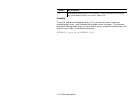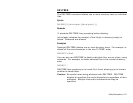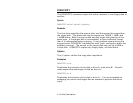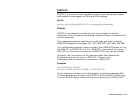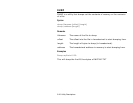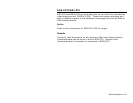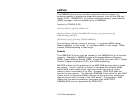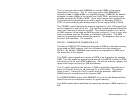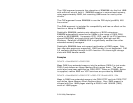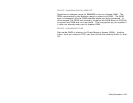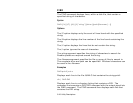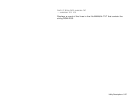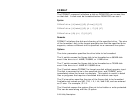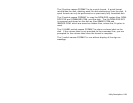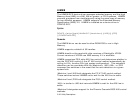5-24 Utility Descriptions
The
LOW
argument prevents the relocation of EMM386 into the first UMB
with sufficient size to hold it. EMM386 remains in conventional memory,
using approximately 20KB, but reserving UMB areas for use by other
drivers.
The
PS2
argument forces EMM386 to use the PS2-style (port92h) A20
line control.
The
RAM
argument is included for compatibility and has no effect on the
function or setup for EMM386.
Datalight’s EMM386 contains auto detection of BIOS extensions.
EMM386 automatically searches for UMBs in the range of C800-F800,
similar to MS EMM386. It supports VCPI, VDS, and all Int 67H functions,
shared XMS/EMS, and works with both Datalight WinLight and MS
Windows. Datalight’s EMM386.EXE is significantly smaller than other
extended memory managers.
Datalight’s EMM386 does not support reallocation of EMS pages. Only
four map-able pages are supported. EMS handle 0 is not supported. LIM
3.2 contexts obtained through Int 67h function 47h share eight storage
slots with EMS handle names.
Examples
DEVICE = EMM386.EXE I=C800-F000
Maps RAM from extended memory into the address C800:0 to just under
F000:0 and defines an Upper Memory Block region there. The range
could also have been specified as C800-EFFF. When no FRAME= option
is supplied, neither EMS nor VCPI services are provided by EMM386.
DEVICE = EMM386.EXE I=C800-D7FF I=F000-F7FF FRAME=E000, 1024
Maps in RAM from extended memory into C800-D7FF and into F000-F7FF
and define Upper Memory Block Regions there. Also, EMS support is
allowed with four 16KB pages starting at E000:0 with 1024KB (1MG)
worth of 16KB pages.



